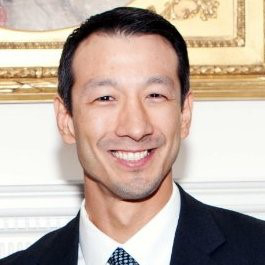Michael Kowal

National Security Department/Homeland Security
Henry C. Lee College of Criminal Justice & Forensic Sciences
Education
- M.A. Intelligence Studies – American Military University
- B.A. Criminal Justice – American Military University
- Master’s Certificate – Infrastructure Protection – Texas A&M
- A.S. Criminal Justice & Police Science – Community College of the Air Force
- A.S. Criminal Justice – Holyoke Community College
About Michael
Professor Michael J. Kowal is a retired Sergeant from the Connecticut State Police who worked within counter terrorism and intelligence programs for most of his career. Michael was an instrumental designer of the state intelligence fusion center program. Michael also spent two years on a governor-initiated multi-agency task force which targeted violent criminals within the City of New Haven. Michael retired as the fusion center senior leader and strategic intelligence advisor to the Commissioner / Homeland Security Advisor to the Governor. Following retirement, Michael worked for a Fortune 4 company where he successfully developed a global enterprise intelligence program.
Michael also has over 26 years of military service and is currently a credentialed Federal Agent for the Department of the Air Force, Office of Special Investigations and is currently assigned as the reserve special agent in charge for a critical counterintelligence location in the US. He has had assignments around the world, working closely with sensitive government research and development programs to mitigate and neutralize foreign collection efforts. He deployed to the combat zone three times. In 2012 he served on a unique task force in Afghanistan which conducted counter threat operations throughout Kandahar Province by leveraging overt and covert human source operations to neutralize high level insurgents, Taliban members, insider threats, and other hostile actors operating in the region.
Michael is currently serving with the Department of Homeland Security as a Protective Security Advisor for the state of Connecticut. Michael works with numerous stakeholders throughout the region to identify vulnerabilities and reduce threat risks to the nation’s most critical infrastructure.